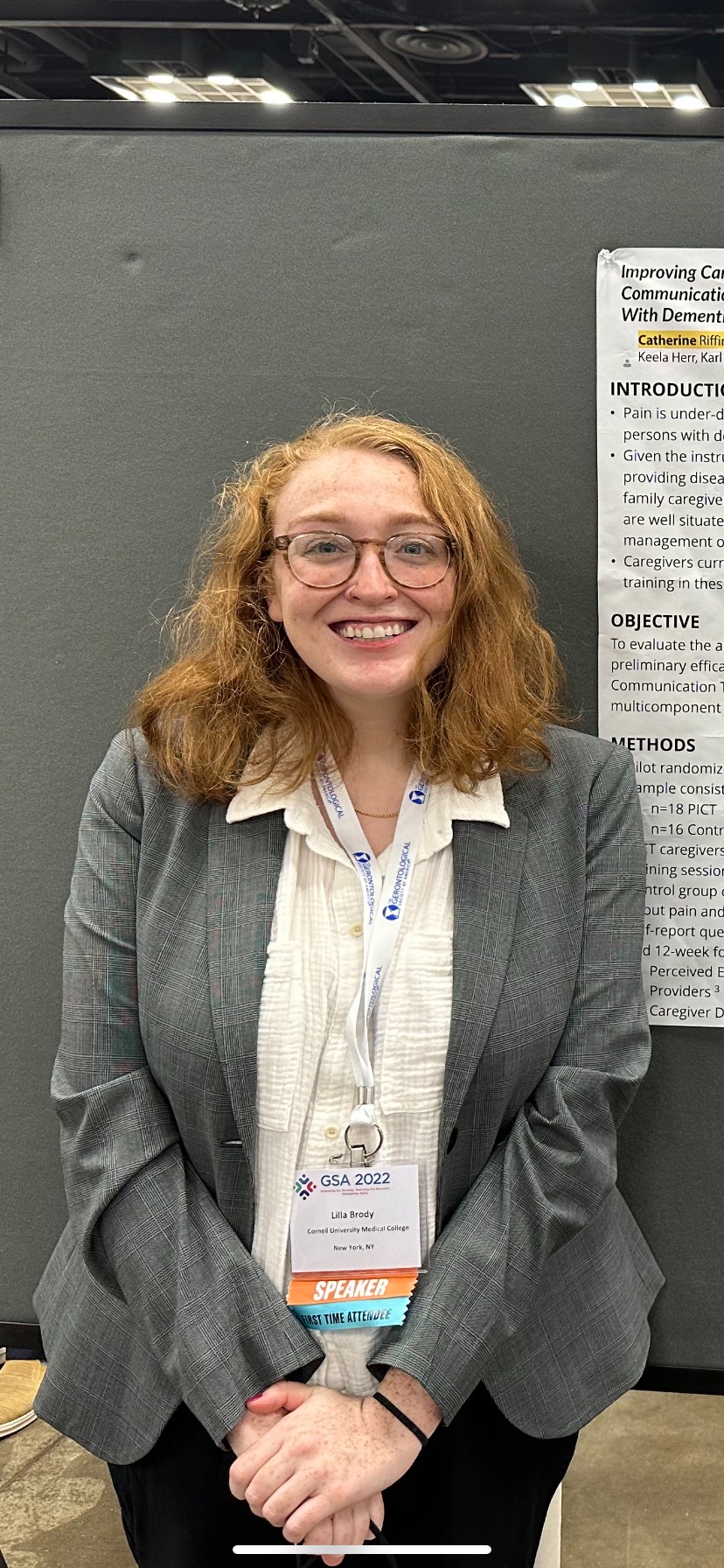Trauma and Stressor Related Disorders and Disasters
(PS14-37) Moral Injury Symptoms: Witnessing Commonplace Unethical Behavior in Undergraduate Students

Lilla Brody, B.A.
Clinical Psychology Doctoral Student
University of Nevada, Las Vegas
Washington, District of Columbia, United States
Allison M. Fuchs, B.A.
Psychology M.A. student
American University
Washington, District of Columbia, United States- AA
Anthony H. Ahrens, Ph.D.
Professor of Psychology
American University
Washington, District of Columbia, United States
Author(s)
Co-Author(s)
Introduction: When exposed to behavior that violates a core moral value, one may experience Moral Injury (MI), which is associated with harmful psychological, behavioral, physical, and spiritual effects (Griffin et al., 2019; Jinkerson et al., 2016). Most MI research has focused on acute, severe, often military-related MI, with little focus on milder, chronic, potentially morally injurious events (PMIEs) in other contexts (Hall et al., 2020). We address this gap in the literature by focusing on the impact of chronic PMIEs that might be witnessed by undergraduate students. Students report frequent mental health issues (Li et al., 2022) Might some of these mental health issues arise from chronically witnessing others act in ways that violate students’ moral values? Since MI has been associated with depression, anxiety, self-injury, and suicide risk (Hall et al., 2020), our aim in exploring PMIEs among undergraduates is to gain insight not just into MI development, but into a possible pathway to negative student mental health outcomes. We hypothesized that routine exposure to academic-related PMIEs would be associated with more symptoms of MI, including increased numbing of positive and negative emotions, reduced trust in other people, and altered beliefs about the goodness, justice, and randomness of the world.
Methods: Undergraduate students (n=171) completed a survey about PMIEs and symptoms of MI. Academic PMIEs were assessed through an ad-hoc measure, which asked how often students had observed 4 unethical events such as witnessing plagiarism and students cheating on exams from 1-never to 7-daily. Symptoms of MI were obtained through the Emotional Reactivity and Numbing (Orsillo et al., 2007), World Assumptions (van Bruggen et al., 2018), and Predisposition to Trust (Ashleigh et al., 2012) scales. Linear regressions were performed between academic PMIE frequency and each of the outcome variables. Multiple linear regressions were then conducted between these academic PMIEs and outcome variables, controlling for the frequency of other PMIEs.
Results: Higher number of academic PMIEs was found to be associated with lower positive emotionality (B=-.03, p=0.02), more expression of fear (B=.05, p< 0.01), lower trust in others (B=-.37, p</em>=.03), and lower trust in others’ integrity (B=-.20, p=0.05). No associations were found between academic PMIEs and beliefs about the goodness, randomness, or justice of the world.
Discussion: Overall, we found that exposure to academic-related PMIEs was associated with some symptoms of moral injury in undergraduate students. To our knowledge, this is one of the first studies to offer evidence that MI is associated with mild but chronic exposure to PMIEs, instead of only severe, acute incidents. Future research is needed to replicate these results and address limitations, which include the study’s correlational, cross-sectional design and that few academic PMIEs were assessed. Future studies should further investigate the potential development of MI following mild but chronic exposure to PMIEs in academic settings and in other settings with a focus on the impact of MI on negative mental health symptoms associated with MI, such as anxiety, depression, and suicidal thoughts and behavior.

.png)
